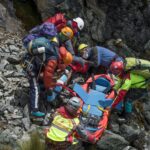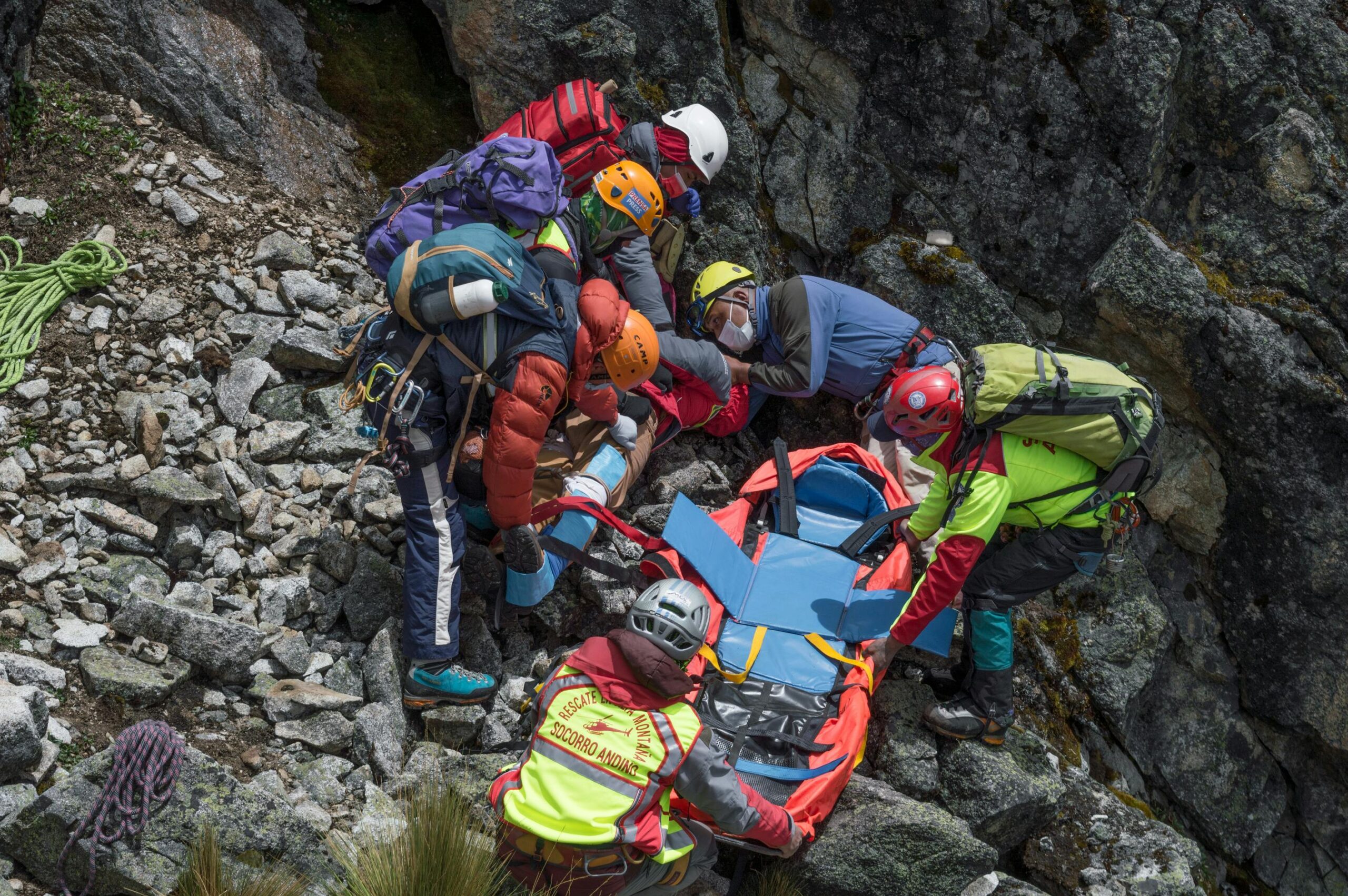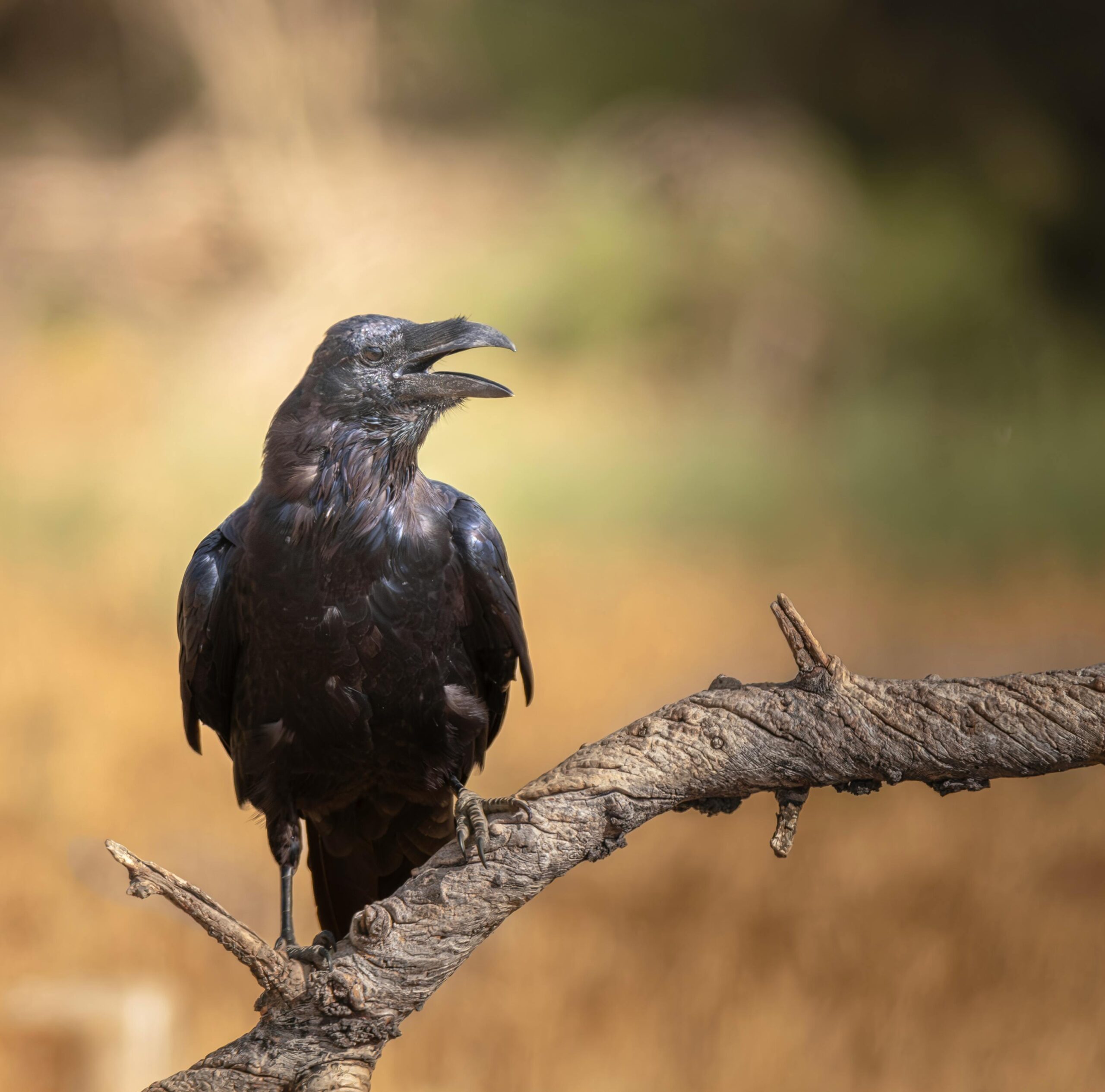Uncharted Encounters: The Rise of Wildlife Interactions in National Parks
Introduction
As the allure of national parks continues to draw more visitors, the frequency and intensity of wildlife interactions are on the rise. These encounters, while often thrilling, pose significant challenges for both humans and animals. Understanding the complexities of these interactions is crucial for developing effective conservation strategies and ensuring coexistence with wildlife. This exploration delves into the multifaceted consequences of human presence in these natural spaces, highlighting the need for responsible recreation practices and informed management policies.
The Impact of Human Presence on Wildlife
Human presence in national parks can have profound impacts on wildlife behavior and habitats. For instance, altered behaviors in desert bighorn sheep and increased encounters with black bears are just a few examples of the consequences of human activity in these areas[1][4]. The Great Smoky Mountains National Park, one of the largest protected areas in the eastern United States, reports an average of 339 negative human-bear encounters annually, underscoring the need for vigilant visitor behavior[1].
The Role of Human Behavior in Wildlife Encounters
Human behavior plays a critical role in wildlife encounters. Simple actions such as leaving food and trash unattended can attract wildlife, leading to dangerous interactions. In the Great Smoky Mountains National Park, for example, feeding bears or allowing them access to human food and garbage can cause a number of problems, including aggressive behavior and habitat disruption[1]. Similarly, in other national parks and protected areas, human activities such as agricultural expansion, human settlement, and illegal activities like poaching exacerbate human-wildlife conflicts[2][3].
Practical Tips for Responsible Recreation
To minimize harm and ensure coexistence with wildlife, outdoor recreationists can follow several practical tips:
- Keep a safe distance: Maintain a safe distance from wildlife to avoid disturbing them and to prevent potential attacks.
- Secure food and trash: Store food and trash properly to avoid attracting wildlife.
- Stay informed: Educate yourself on local wildlife and park regulations to ensure responsible behavior.
- Report incidents: If you encounter wildlife, especially if it behaves aggressively or seems habituated to humans, report it to park rangers immediately.
The Future of Human-Wildlife Interactions
As human population growth continues, human-wildlife overlap is projected to increase across more than half of all lands around the globe by 2070[4]. This underscores the need for effective conservation strategies and responsible recreation practices. By understanding the complexities of human-wildlife interactions and adopting informed management policies, we can better navigate the delicate balance between enjoying nature and preserving it.
Conclusion
The rise of wildlife interactions in national parks is a pressing issue that requires immediate attention. By adopting responsible recreation practices and supporting informed management policies, we can protect these iconic ecosystems and their inhabitants. As we venture into these natural spaces, it is crucial to remember that our actions have profound impacts on wildlife behavior and habitats. Let us strive to be mindful visitors, ensuring that our presence does not harm the very nature we seek to enjoy.
References:
- [1] National Park Service. (2024, November 15). Black Bears – Great Smoky Mountains National Park (U.S. National Park Service). https://www.nps.gov/grsm/learn/nature/black-bears.htm
- [2] Demeke, T., & Afework, B. (2024, October 21). Human-Wildlife Conflict: The Case of Chebera Churchura National Park. Tropical Conservation Science, 17(1), 19400829241292290. https://bioone.org/journals/tropical-conservation-science/volume-17/issue-1/19400829241292290/Human-Wildlife-Conflict–The-Case-of-Chebera-Churchura-National/10.1177/19400829241292290.full
- [3] ResearchGate. (2024, October 22). Analysis of Human Wildlife Conflict in Buffer Zone Area. https://www.researchgate.net/publication/338187261AnalysisofHumanWildlifeConflictinBufferZoneAreaAStudyfromChitwanNational_Park
- [4] Carter, N., & Ma, D. (2024, November 7). Human-wildlife overlap is projected to increase across more than half of all lands around the globe by 2070. The Invading Sea. https://www.theinvadingsea.com/2024/11/07/human-wildlife-overlap-population-growth-species-richness-climate-change-rewilding/
- [5] Conejo Open Space. (2024, November 7). Wildlife And You: Keeping Wildlife Wild And People Safe. https://conejoopenspace.gov/natural-resources/wildlife-and-you/










